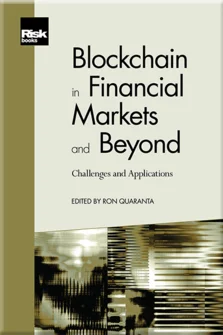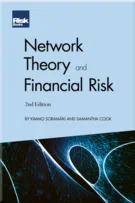Regulation of Blockchain Technology
James P Jalil and Jonathan Edwards
Introduction
Blockchain Technology: Emerging Opportunities and Risks
Permissioned Versus Permissionless Blockchain
Cryptocurrencies, Digital Assets and ICOs: Definitions, Valuation and Investment Opportunities
Code is Not Law: Code Can be a Language Used to Create Smart Contracts
Smart Contracts: Definition and Uses
Managing Privacy and Digital Identities with Blockchain Technology
Regulation of Blockchain Technology
Blockchain Use Cases: Reference Data
The Humanitarian Space and Business Opportunity of Blockchain
The Impact on Supply Chain Opportunities
The Promises and Limitations of Blockchain: Taking Stock and Lessons Learned
Blockchain Use Cases in Financial Markets and Beyond
The regulation of blockchain, cryptocurrency and related technologies is in a state of flux. This is not unexpected. All new technologies, particularly disruptive ones, challenge, and sometimes befuddle, legislators and regulators as they attempt to interpret and enforce existing laws and regulations to applications never contemplated or foreseen. Over time, attempts to match old laws to new technologies flounder and news laws and regulations, better suited and better tailored to the new reality, are adopted. The process is often not without fits and starts, mis-steps and swings from over-regulation to ineffectual regulation. However, in the end regulations become as efficient and efficacious as they can be and the market adapts to the new regulatory ecosystem.
When it comes to blockchain, the immutability, the static and unchangeable quality of a distributed ledger provides regulators with a remarkable opportunity for efficient oversight and transaction identification. As soon as a transaction or piece of data is recorded or mined by the network onto a blockchain, it can never be changed or deleted. This immutability provides a complete, total and unchanging record of every
Copyright Infopro Digital Limited. All rights reserved.
As outlined in our terms and conditions, https://www.infopro-digital.com/terms-and-conditions/subscriptions/ (point 2.4), printing is limited to a single copy.
If you would like to purchase additional rights please email info@risk.net
Copyright Infopro Digital Limited. All rights reserved.
You may share this content using our article tools. As outlined in our terms and conditions, https://www.infopro-digital.com/terms-and-conditions/subscriptions/ (clause 2.4), an Authorised User may only make one copy of the materials for their own personal use. You must also comply with the restrictions in clause 2.5.
If you would like to purchase additional rights please email info@risk.net









